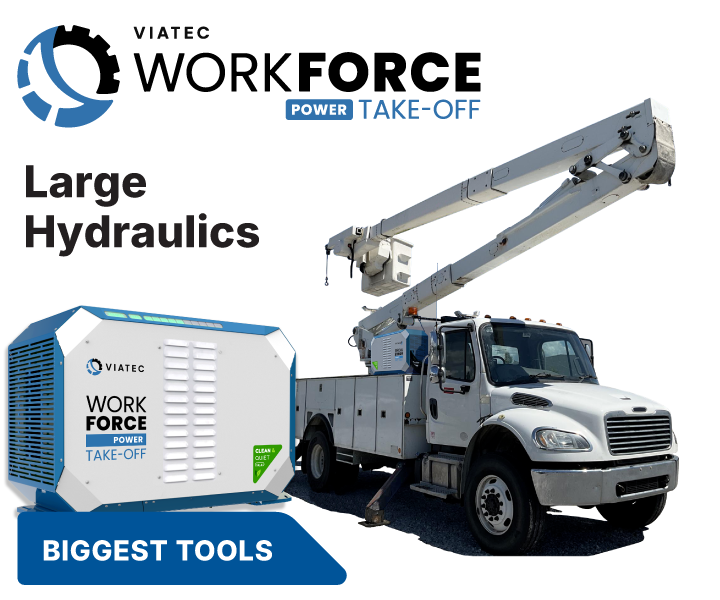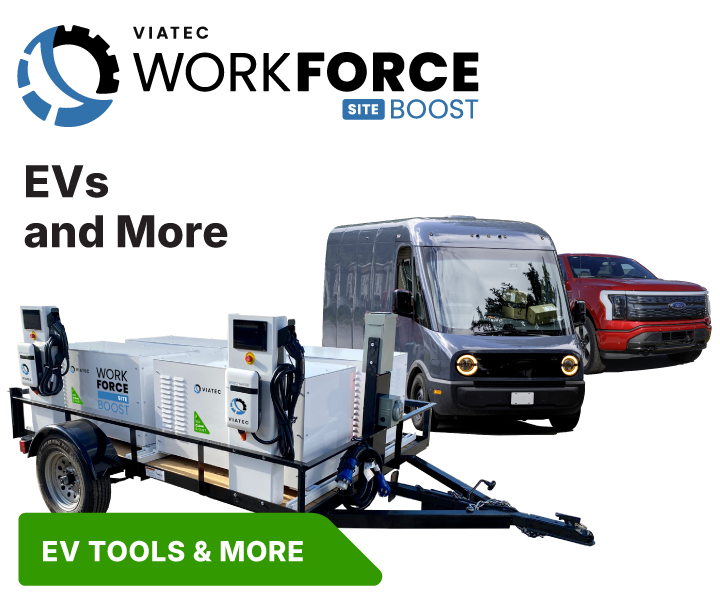What is vocational Idling?
“Vocational Idling” refers to the practice of leaving a vocational truck running while it’s stationary in order to perform work. A common example is a service or bucket truck parked along the road or on a jobsite where the operator or crew are performing work that is powered by the truck engine. While “idling” an electric car may be close to harmless, heavy-duty vehicle idling isn’t; vocational trucks can idle more than 50% of the day and will experience real, predictable and preventable damage to their engines over time.
Here are three specific ways that idling hurts vocational fleets:
1. increased ENGINE wear and tear
When a truck engine is idling, it is still running and parts are still moving, lubricants are circulating, seals are expanding, and there is wear and tear on the engine. Each idling hour is equivalent to 33 miles of driving. This leads to increased maintenance and repair costs, and shortens the operational life of the engine, which then shortens the life of the vocational vehicle.
2. DECREASED AFTERTREATMENT SYSTEM LIFE
Emissions control and aftertreatment systems on diesel engines don’t work optimally when the engine is idling. Over time, engine idling shortens the life of these systems which are very expensive to replace, and add to the Total Cost of Ownership (TCO) of the vehicle.
3. REDUCED TRUCK RESALE VALUE
Resale value for vocational trucks is often constrained by high engine idle hours. Significantly reducing idling can add as much as 20% to the resale value.
reducing Idling: A Cost-Effective Solution for fleets
Overall, idling can cause a variety of problems for medium and heavy-duty truck engines, and hurt the financial bottom line of vocational fleets. To minimize this negative impact, operators and fleet managers should consider reducing idling time whenever possible and exploring solutions such as idle-reduction technologies along with anti-idling policies.









